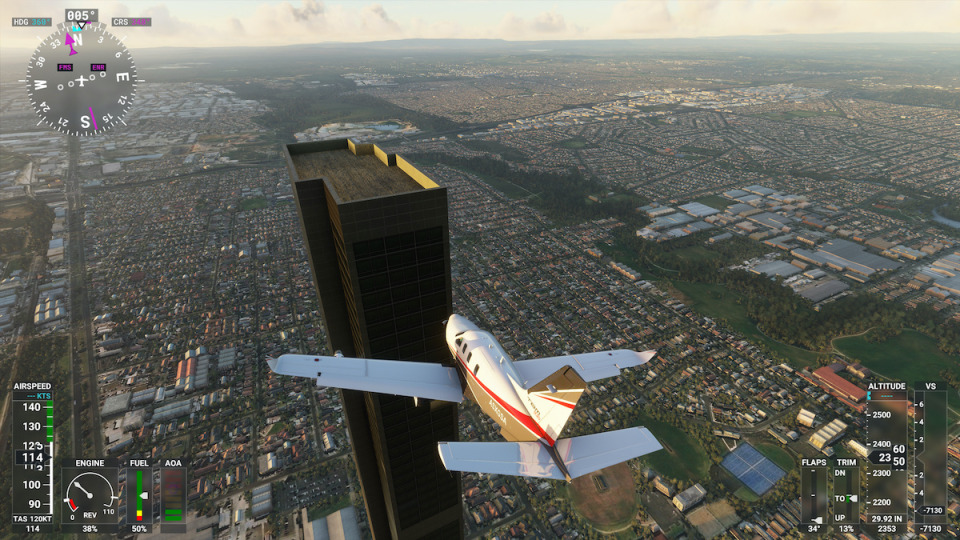Intel teased its dedicated laptop GPU earlier in October, and it’s now rolling out the technology in earnest. The chip designer has announced that the first laptops using its Iris Xe Max graphics chip are available in some form, including the previously revealed Acer Swift 3X, the ASUS VivoBook Flip TP470 and Dell’s Inspiron 15 7000 2-in-1. You can buy the Dell hybrid at Best Buy now in the US, although you’ll have to wait for the Acer and ASUS machines to make their way stateside.
Iris Xe Max is, as you might guess, Intel’s answer to the low-end GPUs you sometimes find in thin-and-light portables. The company promises “great” 1080p gaming for popular titles like Hitman 2 and Metro Exodus (though it won’t compete against systems with beefier GPUs). It’s also smart enough to switch to integrated graphics when they might be more effective — Dota 2 runs slightly faster on the built-in Iris Xe than it does either the Xe Max or NVIDIA’s MX350, Intel claimed.
However, it might be more appealing beyond games. New Deep Link tech lets software split tasks between Intel’s integrated GPU on Tiger Lake-based PCs and the Iris Xe Max, sometimes delivering performance that would normally require a desktop video card. Intel is claiming twice the single-stream video encoding prowess of a GeForce RTX 2080 by early 2021, although we’ll have to see how well that translates in the real world. The Xe Max can devote all its power resources to the CPU for apps that depend more on conventional processing.
You’ll likely see more laptops, but Intel has also teased partnerships to roll out budget desktops using the Intel Xe Max’s underlying architecture (Xe-LP) in the first half of 2021. You should truly gaming-ready desktop GPUs from Intel next year, as well. In that light, Iris Xe Max is really laying groundwork for a more ambitious entry into the graphics space. Whether or not everyday users are receptive is another matter. The GPU market has been notoriously reluctant to accommodate more than two entrants, and Intel is still synonymous with slow graphics for many users.
Labels: Acer, ASUS, Computer, Dell, gear, GPU, Intel, Iris Xe Max, Laptop, laptops, pc, personal computing, xe-lp





